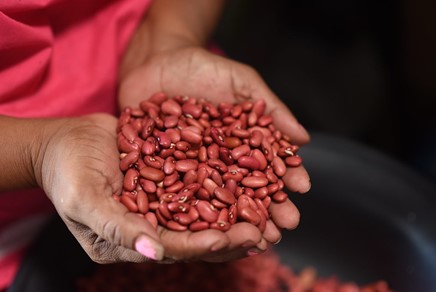How viability changes over time

As you discovered in module 1, the rate at which seeds lose viability varies between species. If your genebank happens to be looking after crops like date palm, you might be able to wait hundreds of years before loss of viability becomes a problem. Beans like Phaseolus vulgaris (above) are also pretty easy to store over long periods of time.
For other crop species with medium longevity (e.g.: maize), the length of time genebanks have been in operation is getting close to the length of time those species are expected to remain viable. For crops like this, we may be approaching a new type of ‘steady-state’ operations, where more seeds need to be regenerated, as the viability of older samples in long-term storage becomes a concern. If, on the other hand, you are responsible for short-lived seeds, such as Lactuca, you already need to be alert to the risk of rapid decline in viability.
Whatever species we are talking about, scientists have used germination tests to show predictable, statistical patterns in the decline in viability. These patterns take the guesswork out of decisions about when to regenerate, and make it much easier for genebanks to manage the quality of their seeds.
Why does seed longevity matter?
